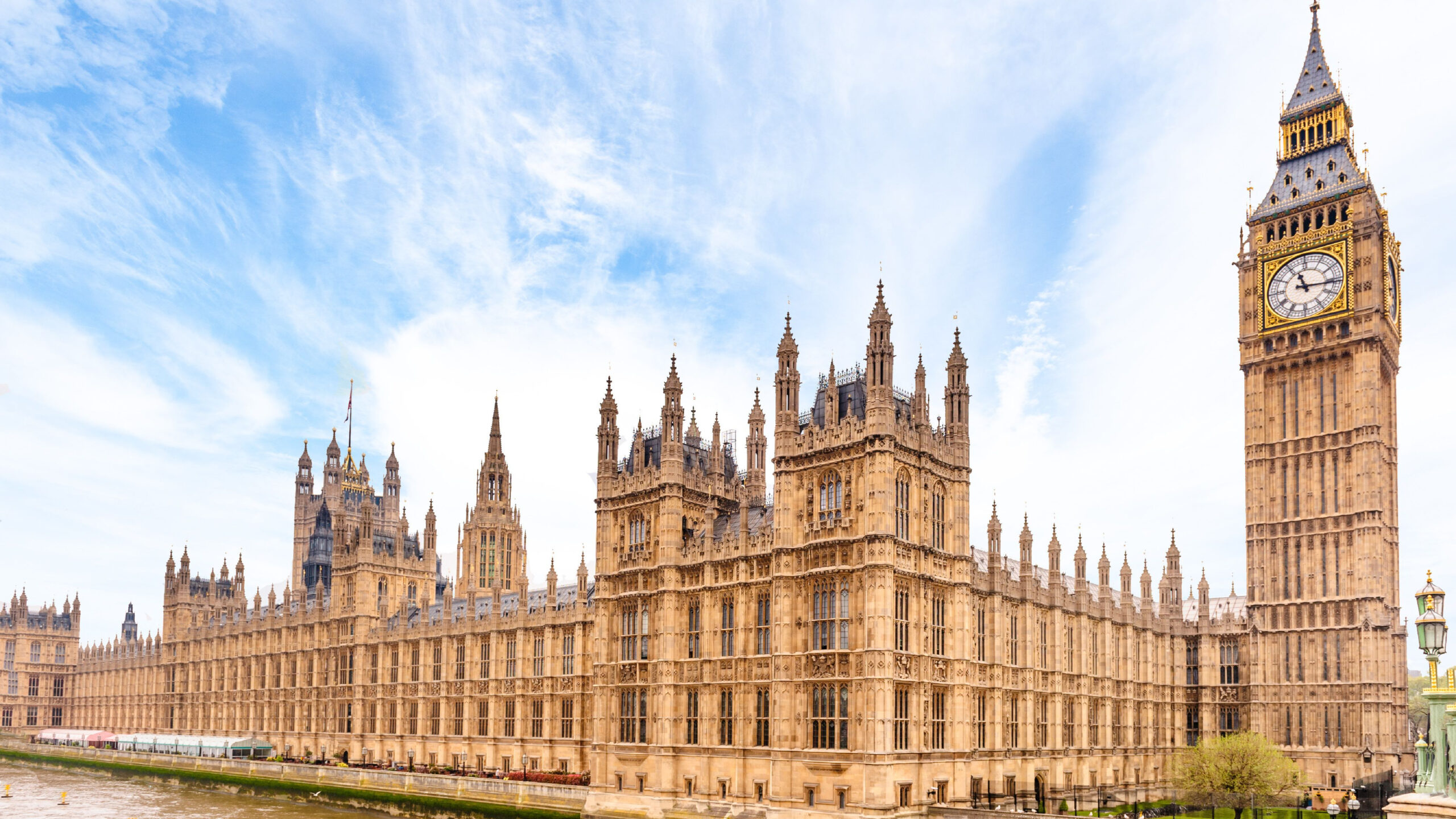When You Play the Game of Competition, You Either Adapt or Die
Game of Thrones is arguably the world’s most popular show. In 2014, it surpassed The Sopranos as the most popular HBO series; an average of more than 23 million Americans watched each episode of Season 6, making it the most watched season of an HBO series. The global demand for the Season 8 premiere exceeded that of any other TV show, for any other season, across every available platform and country. It has won more Emmys than any other primetime television series, and is shown in 170 different countries.
However, HBO faced a plethora of problems during the Game of Thrones era including piracy and accessibility, an overreliance on the show for HBO subscriptions, and changes in consumer viewing preferences. As it continues to work through these challenges, HBO continues to take measures to remain competitive in the shifting landscape of the entertainment sector and ensure that winter does not come to HBO.
Problems Facing HBO That Are Larger Than the White Walker Threat
1. While Daenerys May Have Been the Mother of Dragons, GOT Is the Mother of Piracy
In addition to record-breaking viewership by lawful means, the popularity of Game of Thrones seems to have bred unprecedented levels of piracy, making it the most pirated show in television history. Statistics from the online piracy data firm Muso suggest that the Season 8 premiere of HBO’s hit series was downloaded or watched illegally more than 54 million times in the 24 hours after it aired. An estimated 22% of people who watched the Season 8 premiere in the UK did so by pirating it, while in Australia 32% of people who watched Game of Thrones are estimated to have done so by illegally downloading it. While HBO has sought to combat piracy over the years, piracy has arguably rewarded HBO with increased subscription rates. Early in the Game of Thrones era, HBO personnel characterized piracy as “a compliment of sorts.” Jeff Bewkes, former CEO of Time Warner (now WarnerMedia) said it was “better than an Emmy” because more people watching the show inevitably led to more people purchasing HBO subscriptions and a decreased reliance on advertising.
Among the reasons cited for this prevalence of piracy were the lack of accessibility and the hefty price tag. The first four seasons of Game of Thrones were mainly available through cable; Game of Thrones was not licensed through other online streaming services such as Hulu or Netflix. Watching Game of Thrones was also incredibly expensive. For instance, in 2014, a Game of Thrones fan in Australia needed a Foxtel subscription to watch the show, which came out to be approximately $70 per month, with a minimum subscription term of six months. Similar restrictions on viewing and minimum subscription terms occurred in other countries too, such as the UK and the Netherlands. And while consumers in the US were fortunate enough to watch Game of Thrones on the day of the episode’s release, other parts of the world experienced significant release delays, up to several weeks. China, for example, still has not released the series finale of Game of Thrones, possibly due to the ongoing trade war between US and China.
2. Consumers Desert HBO Faster Than Men Desert the Night’s Watch
HBO introduced HBO Now, a viewing option for the cable-less, in 2015. But even with more viewing options, HBO faced the problem of retention. When Season 7 began, subscriptions to HBO Now jumped by 91% in the US. However, quicker than the Ser Jaime Lannister and Ser Brienne of Tarth romance, nearly all of the new subscribers canceled their subscriptions six months after the season’s finale. A similar phenomenon occurred for Season 6, when HBO Now subscribers nearly tripled before the premiere, and then disappeared soon thereafter.
The statistics suggest that subscriptions for HBO Now were heavily dependent on the massive popularity of Game of Thrones, which contributed to the problem of relying on one single show to drive subscriber growth. This is an unusual phenomenon among streaming services. One study, for example, found that HBO Now subscribers were as loyal as Roose Bolton or Walder Frey (meaning: not very); the retention numbers for subscribers on other streaming services such as Netflix and Hulu were significantly higher. As a comparison, Netflix did not see a noticeable fluctuation in membership before either season of its most popular show Stranger Things.
3. A Girl Knows Entertainment Has Many Faces
One of the problems confronting traditional cable providers like HBO that coincided with Game of Thrones is the changing face of consumer viewership. According to a study in 2017, almost half of adults between 22 to 45 years old are not watching content on traditional TV platforms. The rate of cord-cutting, or shifting away from traditional cable, has nearly doubled from 2017, with 2.9 million pay-TV subscribers canceling their cable subscriptions.
Instead, consumers are increasingly opting for online streaming services to watch their entertainment, which allows them the option of watching on a variety of devices such as phones, tablets, and laptops. And while some consumers still prefer watching their entertainment on television, they are less likely to be interested in pairing it with a cable subscription. Consumers’ embrace of online streaming services continued to rise in 2018; about 69% of households now have a subscription to Netflix, Amazon Prime, or Hulu. With the expansion of the Internet and the growing number of devices capable of watching entertainment, consumers love their entertainment options like the Hound loves his chickens.
The War of the Five (and Counting) Media Kings Is Just Beginning
HBO responded to its piracy problem and the decline in traditional TV viewership by introducing HBO Go and HBO Now. HBO Go, a service that provided HBO cable subscribers access to HBO online at no extra charge, was first introduced in 2010. However, that meant HBO Go still required a cable subscription, and it was initially only available on Apple devices. As an alternative to cable subscriptions and to further combat piracy, HBO introduced HBO Now. While HBO Now didn’t require a cable subscription, the online streaming service was initially only compatible with Apple products. Over the years, both HBO Go and HBO Now expanded their availability across a variety of devices, although HBO Now is still only available for consumers in the US.
AT&T’s acquisition of Time Warner (which included HBO), signals a further shift for the future of HBO post-Game of Thrones. WarnerMedia, as it is now known, is anticipated to change the pricing structure of HBO Now. HBO Now is currently ad-free and costs $15 per month. For comparison, Netflix’s most basic plan is $8.99 per month, Hulu’s cheapest plan is $5.99 a month and Amazon Prime’s is $119 a year (approximately $10 a month). Needless to say, the subscription price of HBO Now is on the higher side, and not all consumers are ready to make a trip to the Iron Bank of Braavos. To stay competitive on pricing and retain subscribers, HBO Now is expected to adopt Hulu’s hybrid pricing model, which would offer consumers a choice between an ad-free streaming service and a less costly ad-included one. This move would help HBO monetize the larger subscriber base, draw ad dollars to the network and assist in overall expansion.
WarnerMedia is also expected to expand HBO’s distribution and push to be “bigger and broader.” HBO has traditionally reigned over television by being a “careful curator” of high-end programming. According to a Vanity Fair article, “no other institution [other than HBO] is more central to our concept of prestige TV.” But as the recent Sky is Rising report observes, streaming providers are working aggressively to compete in both quantity and quality, and a sole emphasis on quality may no longer be an effective strategy. For example, while Netflix spent years building out its library to offer content for everyone, it has also become a top contender for prestigious work, with its films being nominated for and winning at the Oscars, and its television programs winning Emmys. Other streaming services have also received critical acclaim, including Emmy wins for Amazon’s Marvelous Mrs. Maisel and Hulu’s The Handmaid’s Tale.
HBO, Apple, T-Mobile, Disney are all fighting to enter an increasingly crowded online streaming industry. As traditional cable providers, phone carriers, and consumer electronics companies compete with online streaming services, loyalty to a single service will continue to decline while consumer demand for “rich, exciting and engaging content” will grow. The battle for the Iron Throne may be over, but the battle of the entertainment industry is about to be hotter than Drogon’s flames.








